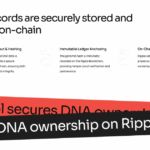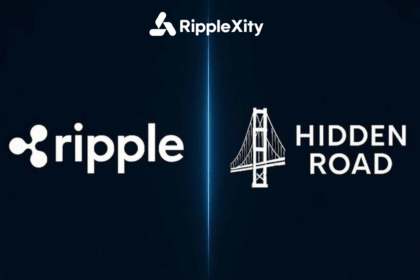As institutional crypto adoption surges, businesses face a recurring challenge: fragmented liquidity across exchanges, compliance friction, and unreliable pricing mechanisms. Ripple’s answer? Liquidity Hub — a comprehensive enterprise-grade solution designed to unify digital asset liquidity under a single, intelligent access point.
🔍 What is Ripple Liquidity Hub?
Launched as a cornerstone of Ripple’s enterprise offerings, Liquidity Hub acts as an aggregator and smart routing engine. It sources real-time crypto liquidity from multiple venues—including centralized exchanges, OTC desks, and market makers—providing businesses with optimized pricing and seamless execution.
Unlike retail-facing platforms, Liquidity Hub is tailored for financial institutions, fintechs, and enterprises seeking large-volume, compliant access to digital assets like BTC, ETH, XRP, and stablecoins.
⚙️ How It Works
- Smart Order Routing: Liquidity Hub evaluates pricing across providers and routes orders for best execution, minimizing slippage and latency.
- Multi-Asset Support: Initially launched with BTC, ETH, and LTC, it now supports XRP and key stablecoins, with future integration of tokenized assets on XRPL and other chains.
- API-First Design: Enterprises can integrate liquidity access into their existing systems with minimal disruption.
- Custody-Agnostic: Businesses can choose their own custody solution while accessing Ripple’s liquidity backend.
🧩 XRP’s Role in the Liquidity Hub Ecosystem
While Ripple Liquidity Hub operates in a multi-asset environment, XRP plays a crucial role in cross-border optimization, offering a low-cost, high-speed bridge between fiat and crypto. XRP’s liquidity efficiency, combined with Ripple’s On-Demand Liquidity (ODL) rails, enables faster treasury movements, instant FX conversion, and real-time settlement.
This positions XRP as both a liquidity instrument and a payment rail, especially for institutions operating across multiple jurisdictions.
📈 Why Liquidity Hub Matters
- Institutional Onboarding Simplified
Liquidity Hub eliminates the need for multiple exchange accounts and fragmented KYC processes. - Unified Access to Deep Liquidity Pools
Instead of routing trades manually, institutions get the best possible price and execution in one place. - Compliance & Regulation Ready
Ripple has baked in regulatory tooling to help enterprises meet licensing and reporting obligations. - Interoperability Across Chains
As tokenization spreads, Liquidity Hub could serve as the backbone for trading tokenized assets, from securities to CBDCs, across various blockchains.
🌍 Strategic Implications
Liquidity Hub is part of Ripple’s larger strategy to build a horizontal fintech infrastructure layer—one that connects tokenized money, real-world assets, and enterprise flows across borders. It represents the evolution of RippleNet into a multi-asset liquidity network powered by the XRPL, yet flexible enough to serve non-XRP flows as well.
As traditional finance merges with DeFi, tools like Liquidity Hub will likely define the standard for institutional-grade digital asset integration—and XRP will remain central to that liquidity matrix.
Conclusion:
Ripple’s Liquidity Hub isn’t just another exchange aggregator—it’s a foundational protocol layer for the next generation of finance. In a world of tokenized everything, enterprises need liquidity they can trust. Ripple delivers.
#Ripple #XRP #LiquidityHub #ODL #InstitutionalCrypto #DigitalAssets #RippleNet #XRPL










